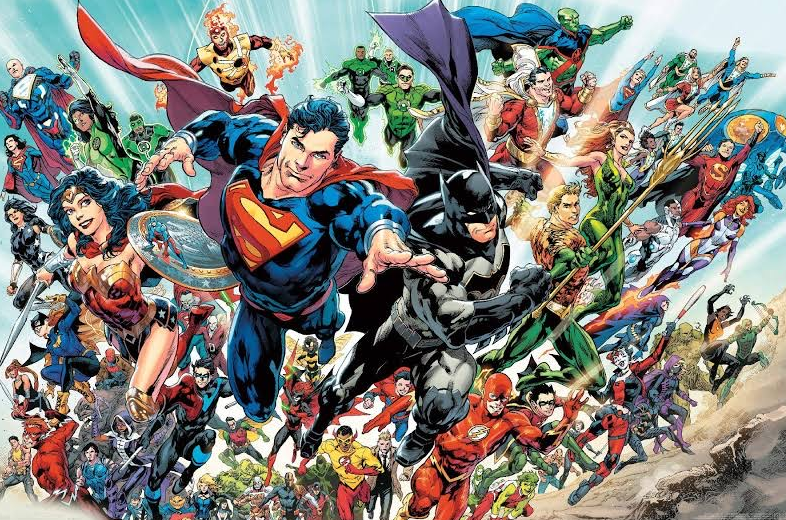MLB New Rules Update the Game

The addition of the pitch clock is one of the biggest features of MLB’s new rules overhaul.
May 22, 2023
Before the upcoming MLB season, there were some new rules set to impact the game and, through the first couple weeks of the season the changes to modernize the game have started to take hold.
When these never-before-seen rules had first been implemented into play, games immediately showed results. Some of the new rules include changes to pickoff moves, bigger bases, infield/outfield shifts, and the biggest of all, the new pitch clock.
The pickoff move rule, or as the MLB likes to refer to it as, the “disengagement” rule, states that while a runner is on any base from first to third, the pitcher is only allowed to throw over and try to pick off the runner twice, and if the pitcher tries to pick off the runner a third time, and is unsuccessful, the runner is awarded the next base. This has been very successful for the MLB’s hope to see a rise in stolen bases as the league-wide steal percentage has ballooned 39% over last year’s mark.
Another contributor to the stolen bases spike is the sizes of the bases being made bigger. The base size in 2022 was 15 inches square to now 18 inches square. The team that has taken advantage of this new change the most is the Pittsburgh Pirates, having stolen 42 bases while only being caught 9 times, good for a team percentage of 82, which has contributed to their fabulous start to the season.
The shift, which has put predominantly pull hitters in baseball prison in recent years, is being excised as now the infielders on each side of second must be inside of the infield dirt on every pitch, or else it’s a violation. This rule change is allowing players that were jailed by the shift to to explode this year, like Max Muncy and Rafael Devers, who are both top 5 in baseball right now in RBI (Runs Batted in), and even guys like Joey Gallo are having better years with the new changed infield rules.
The last major and extremely important rule change implemented in the new MLB season is the pitch clock, which fans have been waiting for and asking for, for years now. It means that pitchers will have 15 seconds from when they catch the ball back from the catcher to make the pitch to the batter. If not successful, it will result in a pitch clock violation, and the batter will receive a free Ball.But the batter has to correspond with the new rules as well. If they fail to meet their expectations by delaying their entrance to the batter’s box, they will be given a strike.
The goal of the pitch clock is to shorten the length of games, which were just too long and “boring for the regular person”.And with the addition of the pitch clock, Baseball’s main goal of shortening games and bringing more people out to the ballpark has absolutely worked, except in Oakland….
Anyway, the time for a game in 2022 was a preposterous 3 hours and 9 minutes. Now with the new inclusion of the pitch clock games are down 31 minutes, for a new average of 2 hours and 38 minutes.
“Feedback from players has been mostly positive. Mets Outfielder Mark Chana likes the fact that the games are shorter, so he can get home to see his family. White Sox Infielder Elvis Andrus likes the fact that the bases are bigger, making it “a lot easier for everything, easier to steal bases and turn double plays.”
Rays manager Kevin Cash said, “The pitch clock and the pace of the game has helped baseball, and I have enjoyed it, and hope the fans have as well.”
According to the people’s consensus, Baseball has surely taken its next step, but it makes all us fans wonder, what other rules will be set in place in the coming years, and when the A’s will move out of Oakland.











